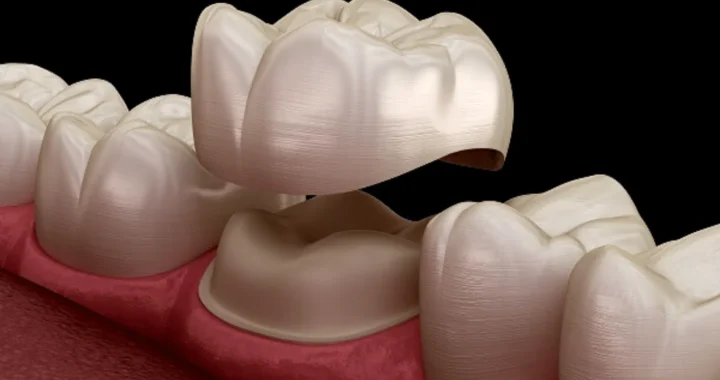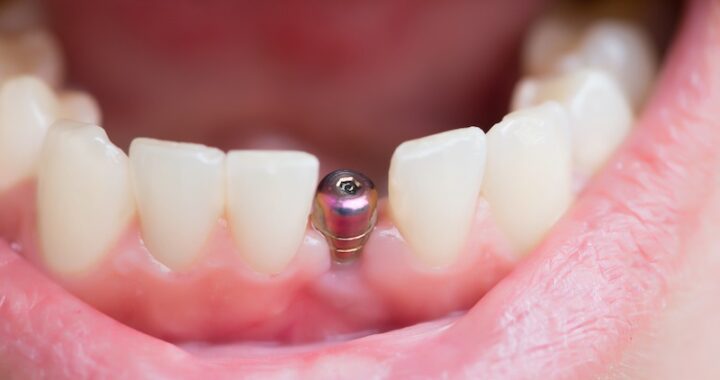How to Treat a Diabetic Ulcer: Tips from an Expert

If you have type 1 or type 2 diabetes, your risk of developing a foot ulcer and other diabetic foot complications is higher. Left untreated, these wounds can lead to infections that may require amputation. Thankfully, identifying and treating a diabetic foot ulcer early with the help of a podiatrist is key to preventing further complications from developing. Intensive monitoring and treatment from a podiatrist can also help prevent diabetic ulcers from occurring in the first place. Here we look at some of the most common risk factors for developing a diabetic ulcer and how you can prevent one from developing in your own feet.
What are the risk factors for developing a diabetic ulcer?
The most common risk factors for developing a diabetic ulcer include:
– Having diabetes. If you have diabetes, you are at increased risk of developing diabetic foot ulcers, especially if you do not have good blood flow to your feet.
– Having a condition that affects sensation in your feet. If you have reduced sensation in your feet, you may not be aware of regular foot inspection and may develop diabetic foot ulcers.
– Having limited mobility. If you are not able to move your feet regularly, your ulcers may go undetected for a longer period of time.
– Using poor hygiene practices. Poor hygiene can lead to an increased risk of developing ulcers, as bacteria and fungi can thrive in moist and warm environments. This can be particularly risky if you also have reduced sensation in your feet.
– Wearing ill-fitting shoes. Shoes that do not fit properly can create pressure points and areas of increased rubbing against the skin, which can lead to the formation of ulcers.
– Having poor blood glucose control. If your blood glucose levels are not well controlled, you may have a higher risk of developing foot ulcers.
Staying on top of your foot care routine is key
Regular foot self-examination is important in detecting changes on your foot as early as possible. To perform a foot self-examination, you should sit down with your feet up and toes pointed towards you. It is possible to perform this while standing, but it may be more difficult. To perform a foot self-examination, use the following steps: Using a hand-held mirror, Look at the top of your foot, the sole of your foot, and the area between your toes. Feel the skin of your foot, paying special attention to any areas that are thicker or warmer than others. Be sure to examine your heel, the ball of your foot, your toes, and the spaces between them. Check for any discoloration, swelling, or visible cuts or blisters. Diabetic foot ulcers often present as a red or swollen area on your foot. Other signs may include: Pain or tenderness. Redness and warmth around the site of the ulcer. A visible break in the skin.
The best way to reduce the risk of developing an ulcer is to keep your feet clean and dry, and to avoid cuts and blisters. Avoiding cuts and blisters can be particularly challenging. Cuts can happen when walking outdoors and on items such as broken glass or pieces of metal. Blisters are more likely to occur when doing activities that require a lot of pressure on your feet, such as walking in new or poorly fitting shoes. To reduce the risk of cuts and blisters:
Know your feet and be aware of any changes
Diabetic foot ulcers often develop in the less-used areas of your feet, such as the sides of your feet and your heels. To help identify changes on your foot as soon as possible, you should be aware of your foot type. Your foot type is determined by your foot’s width, length, and shape. If you are at risk of developing diabetic foot ulcers, it is important to be aware of any changes in your feet. If you notice a change, such as a blister or redness, you should see a podiatrist or doctor as soon as possible. It is also important to avoid walking barefoot, especially in areas where there is broken glass or debris. If you have diabetes, use footwear that minimizes the amount of pressure on your foot.
You may need to have your foot measured and monitored regularly
If you are at high risk of developing diabetic foot ulcers, your doctor may recommend having your feet measured regularly and even monitoring your foot health to identify changes as they occur. Having a foot measurement taken is a great way to ensure that your shoes fit correctly and that they are not putting undue pressure on any part of your foot. Having your foot measured by a podiatrist will also allow them to identify any areas where your foot is growing or shrinking, which may be an early sign of a diabetic ulcer developing. Some foot measurements, such as your arch and instep, can be measured at home with a ruler. The ball of your foot or heel, however, may require the assistance of a podiatrist to ensure an accurate reading.
A stumping program may be necessary
A stumping program is a treatment that can be used for certain types of diabetic foot ulcers. In a stumping program, the infected and diseased tissue around an ulcer is removed, and the wound is allowed to heal. Because the diabetic foot ulcer may have progressed to the point where it has become difficult to treat, diabetic foot ulcers are challenging to heal. In some cases, amputation may be the only option to prevent the foot ulcer from spreading to the rest of the body. Although a stumping program and other treatments such as antibiotics are often painful and uncomfortable, they are often necessary to prevent further complications and amputation.
Tips for preventing ulcers from developing in your feet
As with any condition, reducing your risk of developing diabetic foot ulcers depends largely on your lifestyle choices. If you have type 1 or type 2 diabetes, it is important to follow a healthy diet, exercise regularly, and manage your blood sugar levels as closely as possible. You may also benefit from consulting with a podiatrist to learn more about how they can help you manage your feet. There are a few things you can do on a daily basis to help prevent diabetic foot ulcers, including: These steps will help you reduce your risk of developing foot ulcers and benefit the health of your feet and circulation. If you are at risk of developing diabetic foot ulcers, it is important to be aware of your foot health and be mindful of any changes to your feet. If you notice a change, such as a blister or redness, you should see a podiatrist or doctor as soon as possible.


 Dental Crowns –Restoring Strength, Function, And Aesthetics.
Dental Crowns –Restoring Strength, Function, And Aesthetics.  One-Person Wonder: Making Waves in the Massage Industry in Gunma
One-Person Wonder: Making Waves in the Massage Industry in Gunma  How Cataract Surgery in Nashville Improves Vision and Quality of Life
How Cataract Surgery in Nashville Improves Vision and Quality of Life  Maintaining Oral Health: The Role of Dentists in Richmond
Maintaining Oral Health: The Role of Dentists in Richmond  How to Choose the Best Implant Dentist in Sheffield: A Guide
How to Choose the Best Implant Dentist in Sheffield: A Guide  How Invisalign is Revolutionising Orthodontics in London
How Invisalign is Revolutionising Orthodontics in London  Veneers: A Popular Cosmetic Solution for a Beautiful Smile in London
Veneers: A Popular Cosmetic Solution for a Beautiful Smile in London